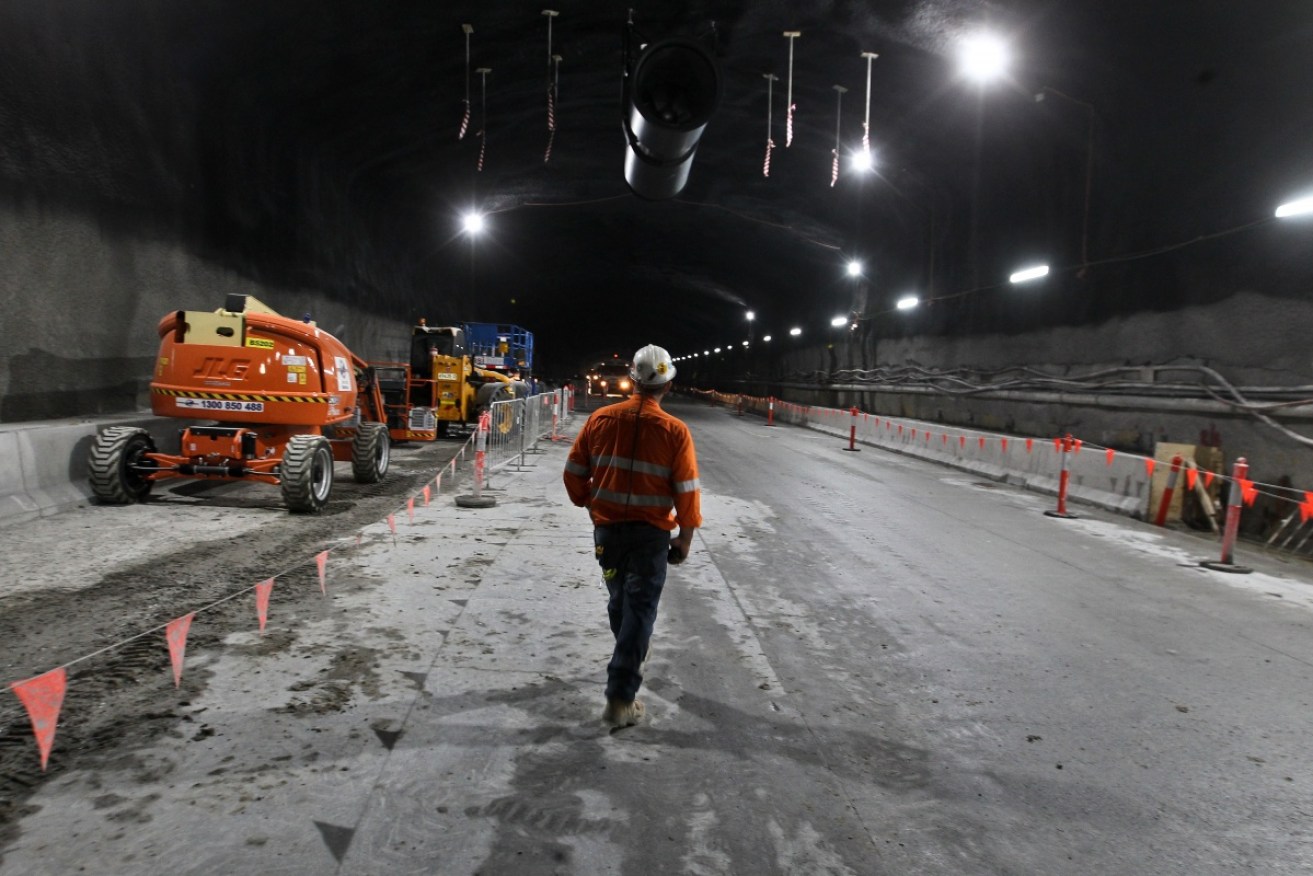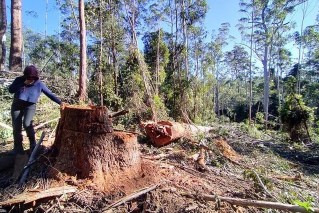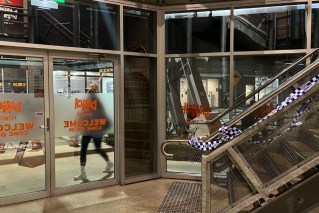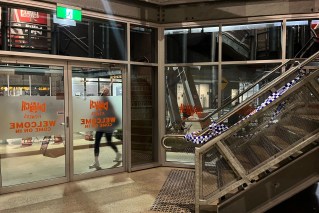NSW government denies traffic modelling is from the 1950s

A construction worker is seen at a new stretch of tunnel for the WestConnex project in December last year. Photo: AAP
The NSW government has denied it builds multibillion-dollar road projects using half-century-old traffic modelling techniques.
Professor Michael Bliemer had claimed the state government was using traffic modelling designed in the 1950s to justify travel time benefits for projects, including the $16 billion controversial WestConnex.
“Usually the travel times are underestimated,” Dr Bliemer said on Monday.
The University of Sydney academic and Transport Network Modelling chair said the current modelling is based on the same assumptions that were made 60 years ago when there was almost no congestion.
“The formula accepts all the traffic on the roads – it just doesn’t stop it. That’s the problem. They just let everything flow through to their destination,” he said.
“They should be held up in queues and that doesn’t happen in the old model. They just go through without any impediment.”
Dr Bliemer said the government was aware the modelling techniques produced “unrealistic assumptions” of traffic flow.
But the Roads and Maritime Service says their models – including those used on WestConnex – are modern and backed by expert opinion.
“The modelling is the most modern, tried and tested currently used by industry and did not exist in the 1950s,” a spokesman said in a statement.
“The complexity and computational power simply did not exist until recently.”
The spokesman said any assertion the RMS was using outdated or flawed models was “incorrect”.
Dr Bleimer argued NSW is not alone with many other governments using dated techniques.
He said the government could receive inaccurate travel time benefit data, which it uses, in part, to justify embarking on expensive road projects.
“You may be building infrastructure maybe not in the right location,” he said.
Dr Bleimer claimed he’s developed a mathematical model which could cope with the size and complexity of Sydney’s roads and is already being used in the Netherlands.
RMS said it used a number of modelling techniques that simulate traffic movement based on vehicle flow, lane changing and gap acceptance – among other variables.
The spokesman on Monday said the government was happy to brief Dr Bleimer so he can “better understand” its approach.
-AAP








